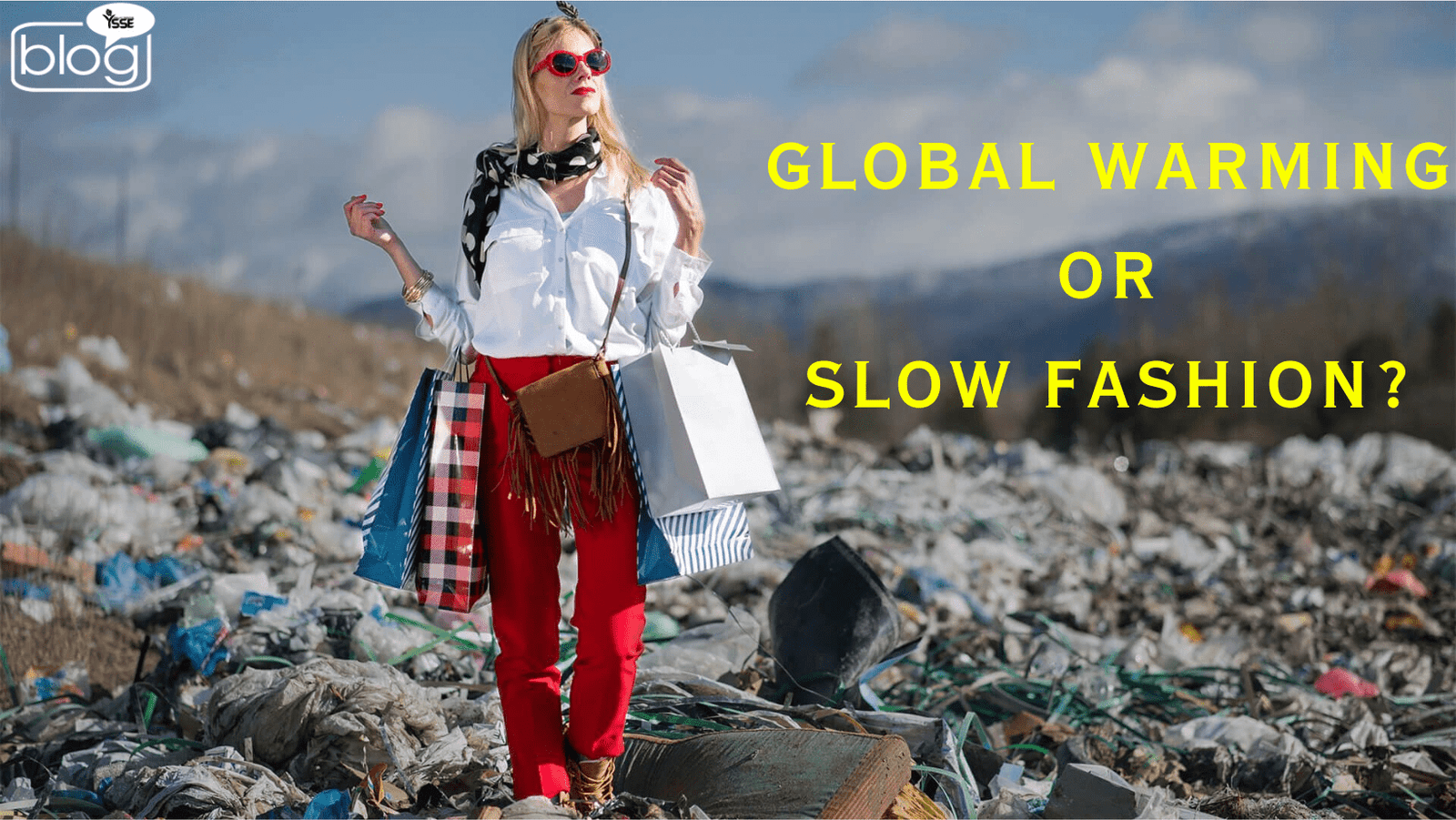In between global warming and slow fashion, what will you choose? What is beneficial to you? Have a thought. Think about what you will choose. But, before thinking about the answer to this question, we’ll have to acknowledge how global warming is relevant to slow fashion.
Global warming is a very familiar term we have all heard about. Sensible people are trying so hard to fight against this trouble worldwide. On the other hand, some are just continuing to harm our environment. Some of them are doing this through success in the fashion industry. People have acquired tremendous growth in the fashion industry and modern people are adopting fast fashion rapidly. This is what destroying the world. So, people should adopt slow fashion instead. But do you know what is slow fashion and why should we choose this? Let’s dig into the meaning and its advantages.
Slow fashion is exactly the opposite of fast fashion. Slow consumption of clothing made overseas or in local garments by people. In our country, people generally adopt slow fashion though they do not know the term and its impacts on the environment. But we are an exporter country in Textiles. We have some major garment buyers like Adidas, H&M, C&A, Marks & Spenser, Inditex, Bestseller, Wal-Mart, GAP, etc. These companies require Bangladesh to export clothing in heavy quantities every year. For example, Bangladesh exported $45 billion worth of clothing in 2022. This shows us how increasingly people are consuming clothes day by day. It’s very alarming that this fast consumption is increasing carbon emissions at a very fast rate. How? Let’s look at all the disadvantages of consuming clothing :
- Carbon Emissions:
Carbon footprint is the term used to evaluate total greenhouse gas emissions by humans. Clothing manufacturers are identified as the major responsible for carbon footprint. It will surprise you that the fashion industry produces about 10 percent of total global carbon emissions. The cultivation of cotton fiber is partly responsible for this. Moreover, the wet stages of production provide a huge contribution to carbon emissions. But what’s more dangerous is that harmful greenhouse gas emissions are projected to grow by more than 50 percent by 2030 for the textile industry.
- Water Pollution:
We all know that human have limited resources for their unlimited wants. So, in textile, it dries up the water resources. It also pollutes our rivers and streams.
The effluents from industries are drained out into the rivers which is harming the marine life also. Washing clothes releases 500,000 tons of microfibers into the ocean every year, that’s way too outrageous.
- Landfill:
Landfill is not a very popular term but its impact is very terrific. You will be afraid to learn that landfills also produce harmful greenhouse gases and create smog if left uncontrolled. It may also cause explosions. So, landfills are one of the major reasons for global warming.
- Synthetic Fiber Consumption:
We know the consequences of using synthetic fiber. Still, we are consuming more for their useful characteristics of being strong and aesthetic. And we all know how long time it takes to decompose which leads to soil and air pollution, though there are some solutions to this. But still, it will harm the environment.
So, are we really ready to face these consequences? Or we will just simply choose the slow fashion and save resources?
Yes, this is the best option to save our own lives. But before concluding we will be introduced to some steps to maintain slow fashion.
- We should always choose slow fashion brands.
- We must consume textile less.
- Reading the labels for slow fashion.
- We should choose apparel made from renewable raw materials.
- We have to be alert and have to adopt slow fashion with certified textiles.
- Without chemicals
- Choosing leather without animal suffering or plastic.
- Consuming from companies that maintain sustainability.
- Reusing the old clothes.
Hence, we must choose wisely. We should be the savior of the world. And lastly we must initiate our part of the responsibility to make the world green. Otherwise, we will drown into our own irresponsible deeds and have to face the consequences of global warming.
To read more blogs like this, click here.
Writer :
Adri Sen,
Intern,
Content Writing Department
YSSE

